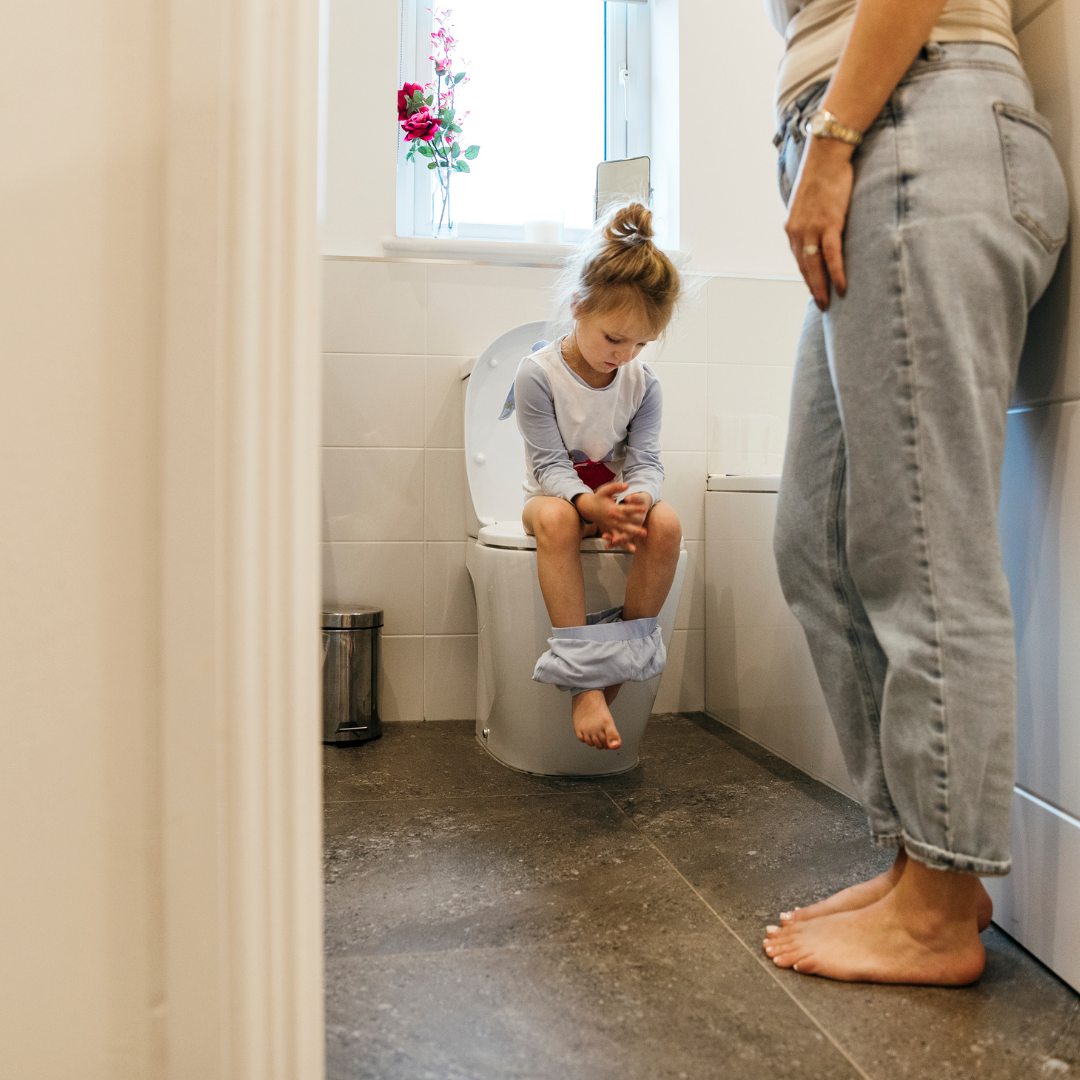Why it pays to be relaxed about your toddler’s toilet training
It’s easy for parents to become stressed about their toddler’s toilet training, though for most children, toilet training happens when they are ready. Development, environment, gender and motivation all play a part in learning how to use the toilet and to transition out of needing to wear nappies. Some parents view early toilet training as an indicator of intelligence; however, developmental readiness is the most important factor.

As with most aspects of parenting, it can help for parents to try to stay calm and relaxed. A sense of humour is also useful. Toilet training can become a source of frustration for both parents and children. It can also take weeks and sometimes months for a child to become fully trained in using the toilet. If you feel you’re not getting anywhere and your toddler isn’t making progress, it may help to forget about toilet training for a few weeks and then try again.
When will my toddler be ready to toilet train?
The general advise is not to start until around two years of age. Some children are ready from around 18 months of age, others not until after their second birthday. What’s important is to wait until the toddler shows interest and signs of being ready.
Signs of toilet training readiness
Most children can be toilet trained within a week if they’re ready. Finding that ‘window of time’ makes the process as easy as possible.
It often helps to wait until the child understands simple instructions and can communicate what they want before starting.
It helps if they are:
- Waking up dry from sleeps and daytime naps.
- Able to pull their pants up and down and are building skills in undressing themselves.
- Recognising they are wet or have pooed or are about to.
- Showing a particular facial expression, holding themselves and stepping from one foot to the other. They may also cross their legs when they’re about to wee or poo.
- Able to get themselves to the bathroom or toilet.
- Starting to protest about wearing a nappy and taking it off.
- Showing interest in the toilet and watch you. They may be keen to push the button.
- Having regular, formed poos.
- Becoming more independent and wanting to do things for themselves.
Toilet or potty – which ones best?
The choice to start with either the potty or the toilet is up to you. Some parents prefer a potty because it’s portable and may be an easier solution to begin with. A potty can also be a less ‘scary’ option for a small child than using a big toilet. The issue with potty training is that at some stage the child needs to transition to using a toilet, so toilet training becomes a 2-step issue.
In summer when it’s easy to access the backyard, it’s also common for toddlers to learn to wee on the grass. This is fine as long as they also learn that the toilet is for weeing and pooing in.
If your child uses a toilet from the start, make sure:
- They can climb up and sit on the toilet easily. A set of small steps is helpful.
- You use a toilet seat insert so they can sit comfortably.
- They can’t reach any toilet cleaners or chemicals.
When is the best time to take my toddler to the toilet?
Whether your child uses a toilet or a potty, in the early days you’ll need to remind them to go every two hours or so. When they’re busy they’re more likely to have little accidents. There is never a place for punishment or shame towards a toddler when they’re toilet training. Most children are keen to please their parents and want to show off their new skills. Genuine praise for using the toilet and a simple “You can try again later” if they miss are generally effective. It can also help to use a sticker chart or reward system so the toddler learns to link their behaviour with a positive outcome.
You will need to gently take your child by the hand, get their attention and take them to the toilet. Stand or sit the floor beside them and give them your attention when they’re learning. If they don’t wee or poo after a couple of minutes, help them to get off and try again later. If they sit for too long, they may feel as if they’re being punished.
It can also be helpful to take a toddler to the toilet after they’ve eaten. The peristaltic action of digesting food can trigger a need to poo, especially in children.
5 top toilet training tips
- Wait until a quiet time in the household when you’ve got time to invest in toilet training your toddler. Having ready access to the toilet or potty is important.
- Summer and the warmer months of the year can be an easier time to toilet train than winter.
- Understand that there a be a difference of a couple of months (or more) between bladder and bowel training. Many children still need to wear a night nappy until the early preschool years.
- Boys tend to be slower to toilet train than girls.
- It can help for children to see from their same gender parent what’s involved in using the toilet. Role modelling is effective when toilet training. Boys can either stand to wee or sit, but in the early days, there’s less mess if they sit down to wee.
Written for babyU by Jane Barry, Midwife and Child Health Nurse, October 2022.